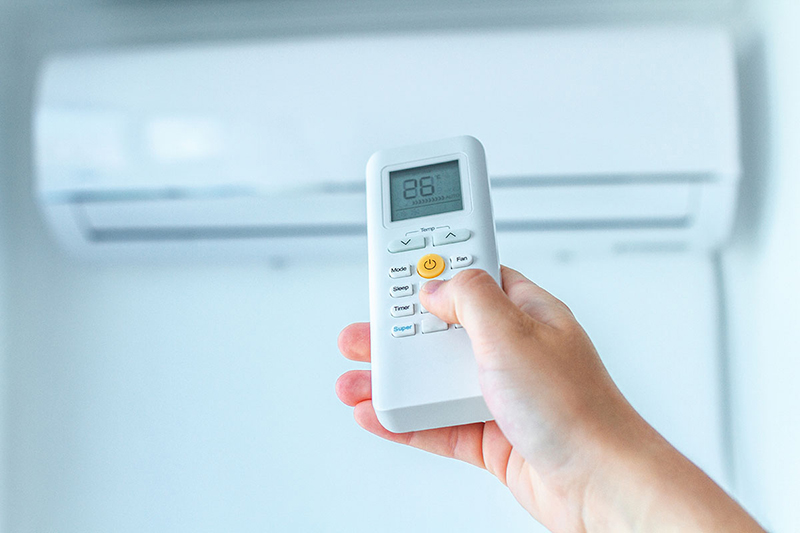
While most of us stay in a single-storey home, there are also residents who reside in bigger, two-storey homes. They may be those in public housing or private property. If the heat’s relentless and it feels like there isn’t any cooling on the second floor of your home, it can lead to frustration and discomfort. This is a normal phenomenon because hot air rises and cool air sinks. Based on this physics theory, cold air naturally sinks to the first floor of a multi-storey home while hot air rushes up to the topmost floor. Before you pack up your stuff and move everything downstairs, there are a few reasons why it’s hot on the second floor, and how you can cool the second floor effectively. Don’t rush to look for aircon sales and get a bigger air conditioner before you try these! Air Conditioner Only on the First Floor Do you place your central air conditioners only on the first floor? Air conditioners need to drive out hot air before it can let in cool air to the second floor. If your air conditioners are on the first floor, it means that it needs extra effort to push the cold air upwards frequently. This can overload the air conditioner and make it experience wear and tear faster. Boost airflow to the second floor by adding air conditioners upstairs. Air Conditioner is Cooling More Rooms Than It Is Capable of One important thing to pay attention to is making sure that you get an air conditioner of the right size and capacity. If it’s too small, it doesn’t have the ability to cool all the rooms and spaces in your home. This may cause it to overwork and lead to expensive utility bills because it’s expending too much energy. Understand your home’s cooling needs and get an air conditioner that can cool it adequately. If you’re using a central air-conditioning system, you can consider getting a ductless system that cools each individual room. Incorrect Temperature Settings Check your thermostat. While we want to conserve energy by setting it no lower than 25 degrees celsius, it doesn’t mean that you should turn it up higher than it makes sense. You might also set the same temperature for both floors. It doesn’t make sense to do so when the second floor needs to spend more energy getting rid of heat. Fix this issue by lowering the temperature of the second floor’s air conditioners. This is easier if you use a smart air conditioner. Here’s a guide: you can try to set the temperature on the first floor at a number that you want throughout your home. Next, you can program the second floor’s thermostat to be at a temperature that’s just a few degrees lower. 25 degrees is an ideal temperature for the hot summer days (which essentially means all year round in Singapore). You can use that as a benchmark to figure out your cooling needs.